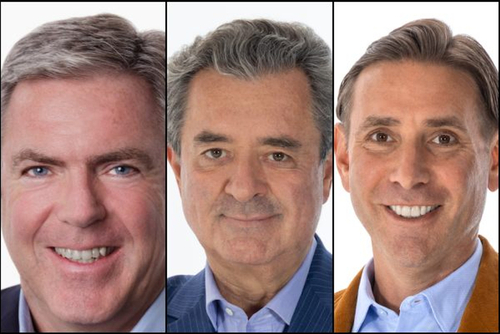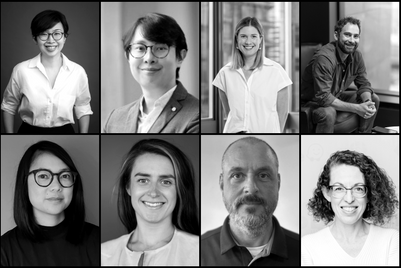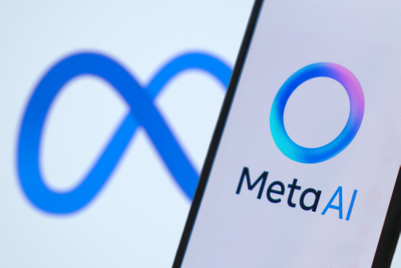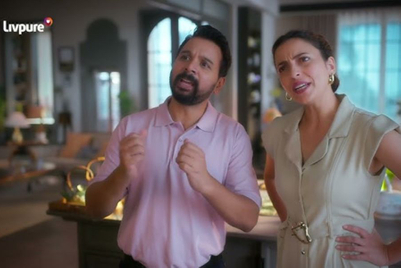
At the 14th SMARTIES India awards, organised by MMA Global India, brands and agencies were honoured for marrying creativity with business outcomes. The annual showcase, held after a series of MMA Smarties panel sessions, surfaced intriguing shifts in how marketers are defining success. While the gold winners are now public, the underlying lessons offer the sharper takeaways for agency and brand leaders alike.
Gold medals went to agencies such as EssenceMediacom, Mindshare, Wavemaker, Leo, Publicis, Interactive Avenues, Momentum ME and Schbang.

On the brand side, names like Cathay Pacific, Dove, Airtel 5G, Cadbury 5 Star, Durex, Pepsi, Myntra and Birla Opus Paints claimed top honours. Mondelez India Foods was crowned ‘Advertiser of the Year’ while Amazon Ads secured ‘Publisher of the Year’ for a fourth straight time.
The formal ‘Agency of Year’ awards included Ogilvy India as Creative Agency of the Year, InMobi Advertising as Enabling Technology Company of the Year, Interactive Avenues as Digital Agency of the Year, and Wavemaker India as Media Agency of the Year. WPP took the Holding Agency crown, Dove was recognised as the Most Resilient Brand, and Cathay Pacific was named Brand of the Year. The Grand Prix (Best in Show) went to Takeoff Takeover by Cathay Pacific.
Virat Khullar, jury chair and associate vice president and vertical head of marketing at Hyundai Motor India, said of the winners, “Each winner exemplifies the highest standards of marketing — strategic brilliance, creativity with purpose, and measurable impact. These campaigns and leaders not only elevate our profession but also set new benchmarks for the future of marketing.”
SMARTIES India’s winner ranking is grounded in the Business Impact Index, co-developed with WARC, which measures marketing across creativity, strategy, and business outcomes. Further, a tie-up with RECMA means Indian campaigns can now be benchmarked globally on performance metrics, not just awards credentials.
What the jury (and panels) revealed
Rohit Dadwal, global head of SMARTIES Worldwide and CEO and BOD of MMA Global APAC, framed this year’s winners as proof that modern marketing success is not creativity alone. “From leveraging AI and technology to crafting human stories that matter, these campaigns prove that purpose and performance can indeed go hand in hand. India is shining on the regional and global stage with its unique advantage to be frugal and make the most impact with limited resources,” he said.

Nikhil Sharma, SMARTIES jury chair and managing director of Perfetti Van Melle India, remarked, “Today’s marketers continue to inspire, pushing boundaries with creativity, technology, and purpose. … This year’s winners have proved that when innovation meets intent, the result is campaigns that not only make an impact but also truly connect with people.”
Toluna, as jury observer, highlighted five emerging trends:
- The standout campaigns paired emotional storytelling with tangible business results, showing that as much as imagination matters, impact metrics do too.
- Purpose-driven work has shifted from awareness campaigns to initiatives that resolve consumer or societal frictions in real life.
- AI is no longer a buzzword; brands that use it for personalisation, prediction, or creative augmentation stood out.
- Small, everyday improvements, solving micro-problems or bringing joy in daily life, gained favour over only large-scale gestures.
- Brands that evolved year over year in craft or purpose, rather than repeating a formula, scored higher.
Panels before the pomp: What marketers debated
Ahead of the awards, MMA India hosted SMARTIES Unplugged, a series of dialogues to help marketers understand the evolving landscape. Discussions ranged from distinguishing vanity metrics to defining how brands might win Gen Z’s attention.
One recurring insight: metrics matter, but not all equally. CMOs are increasingly shifting focus from reach or engagement and leaning toward incremental impact.
Abhishek Jha, senior client partner at Snap Inc, argued that attention is now a better predictor of outcomes than view-through rates. He noted that while 1–2 seconds may suffice for recall, brand favourability needs longer exposure—ideally 3 to 9 seconds.
Arvind RP, CMO of McDonald’s India (South & West), described how their team uses incrementality testing. Saugato Bhowmik of Meta’s CPG and D2C arm echoed this, citing how Honasa Consumer dropped traditional media mix modelling in favour of “incrementality multipliers”, running hundreds of tests across channels and regions.
AI and hyper-personalisation
Marketing leaders detailed how AI is becoming integral to scale personalisation. HDFC Bank, for instance, employs AI to identify customers most likely to need certain loans and proactively surface offers.
Girish Kalra, CMO of Tata AIA Life Insurance, emphasised that click-through rates improve when messaging is contextualised. He recounted the moment AI revealed unexpected reading patterns, like some users check emails at 3 a.m. or on Sundays, and that knowledge reshaped communication timing, improving engagement.
But innovation was tempered by caution around biased data. Sunita Bangard, group head of consumer insights and brand development at Aditya Birla Group, warned that AI that fails to reflect consumer diversity may hurt conversion.
“If I use AI to make my marketing campaigns more effective but people don’t end up purchasing because they don’t recognise themselves … then I might as well have used the traditional marketing route,” she said. Her point: inclusion must be built in from the prompt stage, spanning gender, language and socio-economic spectrum.
Another thread was the growth and cultural deepening of quick commerce (Q-comm). From $1.5 billion in 2022 to nearly $7 billion in 2024, this channel’s rapid rise signals it’s no longer just about convenience.
Through Publicis Media South Asia and MMA’s newly released Quick Commerce Playbook India 2025, one finding stood out: in festive baskets, gifting and FMCG account for over two-thirds of purchases. More than 70% of marketers believe authenticity cues can help premium and luxury brands thrive on Q-comm.
Sparks that last
SMARTIES India 2025 reveals that the bar is shifting. In a landscape crowded with data and channels, the campaigns that endure are not those that dazzle briefly but those that deliver measurable change, and that evolve rather than repeat.
For agencies, the playbook is clear: lean into creative discipline, sharpen measurement rigour, and invest in purpose that solves rather than preaches. For brands, it’s no longer enough to announce intention: you must show results and story that connect culturally.
Yet challenges persist. AI adoption is promising but rife with risk; defining fair measurement demands methodical investment; and truly benchmarking Indian work on global axes requires more than awards — it needs consistent performance evidence.
Still, SMARTIES 2025 offers a roadmap: the future of marketing in India may be less about bigger budgets, and more about smarter balance—between storytelling and accountability, between innovation and trust.
As the awards conclude, keep your eyes on the campaigns next year that evolve rather than echo, that measure rather than merely mesmerise. Because in the coming years, what we celebrate will be judged not by the sparkle, but by the shift.


.jpg&h=334&w=500&q=100&v=20250320&c=1)

.jpg&h=334&w=500&q=100&v=20250320&c=1)
.jpg&h=334&w=500&q=100&v=20250320&c=1)

.jpg&h=334&w=500&q=100&v=20250320&c=1)
.jpg&h=334&w=500&q=100&v=20250320&c=1)



.jpg&h=268&w=401&q=100&v=20250320&c=1)
.jpg&h=268&w=401&q=100&v=20250320&c=1)



.jpg&h=268&w=401&q=100&v=20250320&c=1)

.jpg&h=268&w=401&q=100&v=20250320&c=1)
